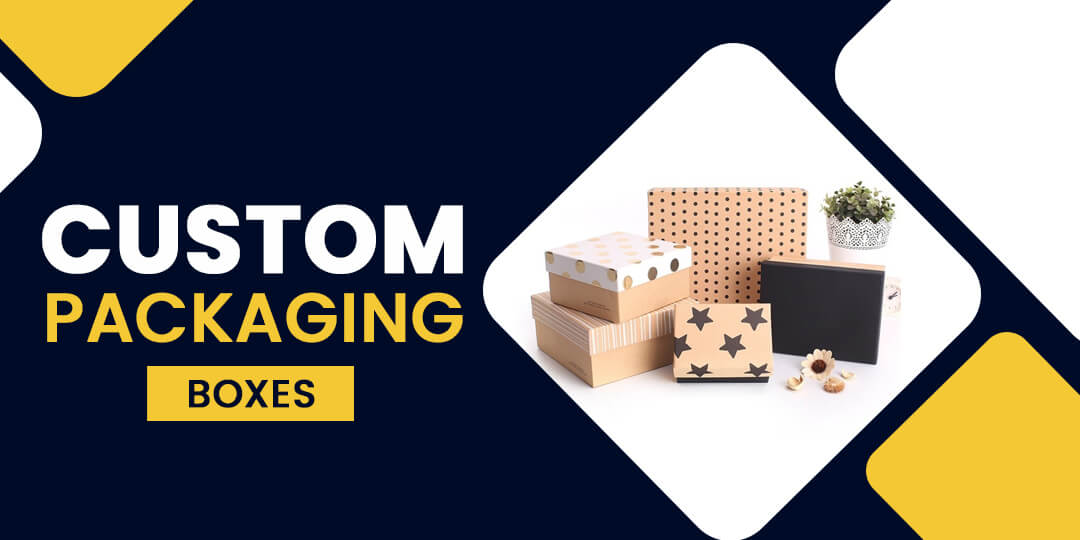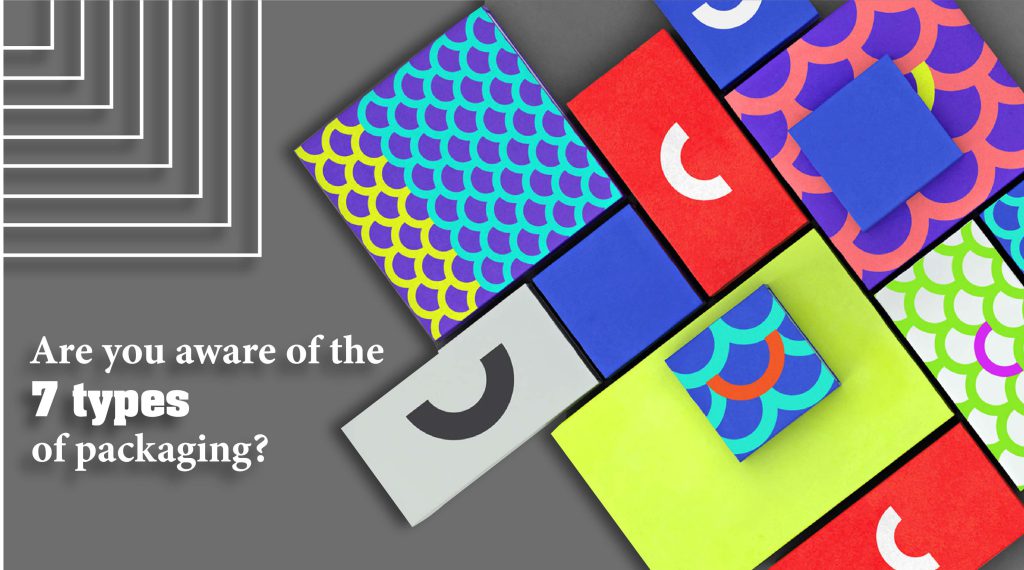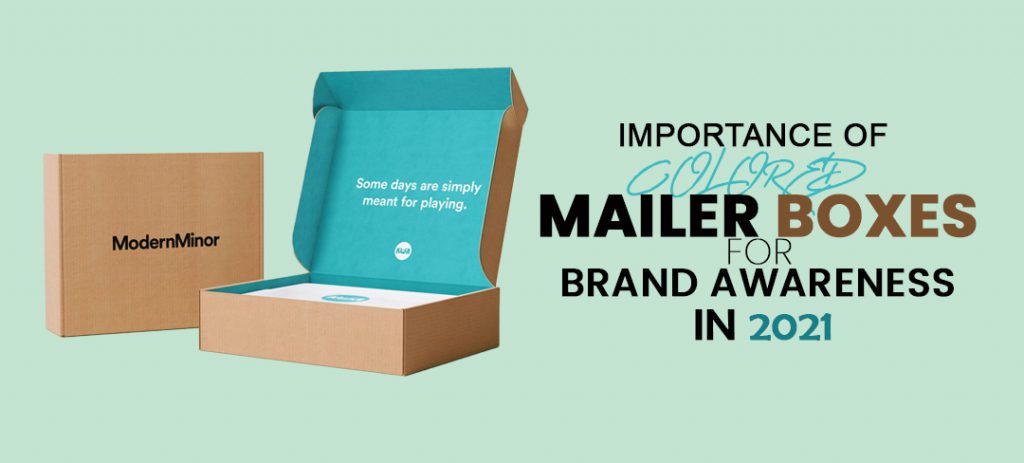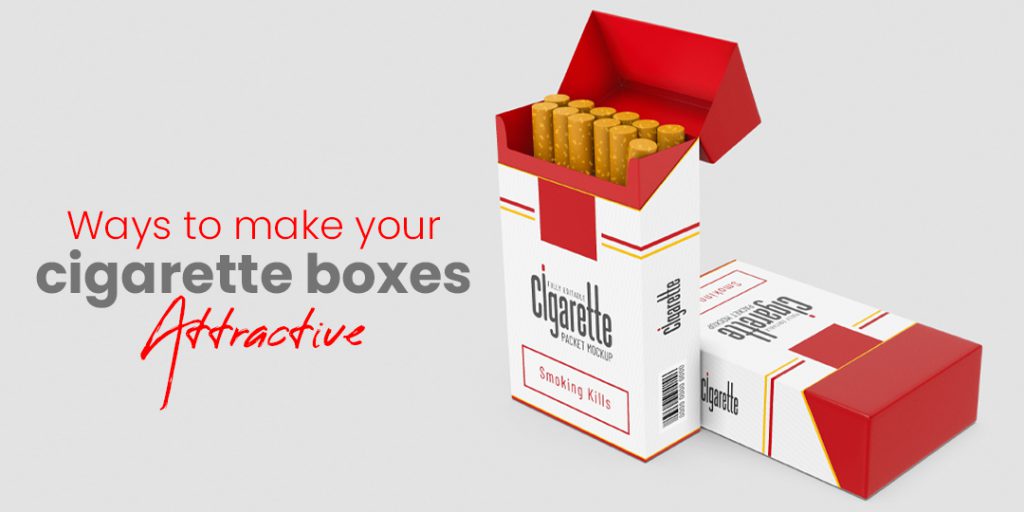Do You Know About Packaging? Let’s Discuss What is packaging?
The packaging is the name we refer to the wrapping, container (including the main box and other additional ones), packaging, and labeling of a product. Therefore, under this name, we can talk about both the paper that wraps the product, the box, the container, and any other material that protects it on its way from the factory to the warehouse and the final retailer, etc.
What are the packaging functions?
The first function is the obvious one: protecting and preserving and transporting the product on its journey from production to consumption, from the factory to the end customer.
The packaging is the product’s informative support; it usually contains the manufacturer’s data, expiration dates, composition, and other information typically regulated by different regulations. Labeling is, therefore, part of the packaging.
The packaging boxes templates play a vital role in promoting a particular product in the market. Moreover, the templates on the boxes are ideal for enhancing the recognition of enclosed products.
It has an exact marketing function. It is often called a “silent seller” because its structure, shape, material, and colors provoke buying reactions in potential customers. So, it is an open window of communication towards the consumer. Its usefulness as a branding strategy (building a brand) is also recognize.
In addition to the primary protection function, the packaging facilitates the transmission of the company’s image. So a good packaging that takes into account factors such as optimization of the cargo space, reducing the amount of packaging material per product shipped, easily recyclable materials, etc. (following the guidelines of the directives and laws on packaging and environment), ergonomics, easy load handling, etc. will have a significant impact positively in the image of quality that is perceive of the company. At the same time, it will mean substantial savings throughout the logistics chain.
The Possible Uses of a Practical Packaging Design
- It must consider an aesthetic and symbolic function of consumer needs and what this product symbolizes for its target audience. Use neuromarketing strategies with packaging.
- It must be consistent with the positioning of the product. If it is a luxury cream, the packaging should have elegance, quality, and colors related to its intrinsic characteristics, price, and other aspects of its promotion. If it is a low-priced product, the proper packaging should be designed but not flashy and cheap.
- It is interesting on some occasions to also add value to the packaging. For example, it contains useful information for the consumer (for example, with a cooking recommendation on the packaging), games in the case of packaging products for children, etc.
- Its reuse can also be a good weapon. You give another use to the product (for example, the classic glass from a famous cocoa cream brand). You work on environmental aspects that the consumer is currently very well received.
- Also, use creativity for packaging. Not only in terms of packaging or packaging type innovation but also periods of its aesthetics. Balance that creativity with the clarity and simplicity of communication of what it is, what it is for, and why the product is of interest.
Things to consider while designing packaging
Every day, it is more important to design and produce packaging that meets requirements such as costs, strengthening the brand, generating some purchase desire, being visually attractive, meeting usability criteria, being sustainable, competitive, and even being patented to other essential aspects.
A headache for the creative department is thinking about how to design a different product from the competition, which cannot be matched and at the same time offers a value that the consumer is willing to pay for. Sometimes a unique project fails to stand out because it does not meet the minimum engineering requirements for a technically available package compatible with production lines.
Before starting with designing and developing a package, it is convenient to make a checklist, answering the eight listed points to arrive at a global conceptualization.
Content of the Packaging
We use packaging to secure products and present them in the market ideally. If you are looking to promote a product in the market, the most important thing to consider is the packaging content. Having defined what the packaging will contain, it will be easy to choose a packaging. Moreover, when it comes to the packaging of a particular product, you have to evaluate its needs so that the product remains safe for as long as required. Having a complete idea about the product that will be enclosed within the boxes, it is possible to be more assertive and easily manage to choose its material, representation, shape, color, decoration. It is even possible to calculate the ideal weight.
Regardless of the type of product that will be packaged, it is essential to be sure about its nature. A wrong choice of packaging may lead to product damage or deterioration which will be a massive loss in the long term.
The Material of the Packaging
The packaging is designed to protect its contents against damage during transport and handling. The main element in a packaging box is its material. No matter the nature of the product and the boxes’ style, the material is one of the most significant aspects to consider. If you are a manufacturer and need safe and protective packaging, making the material choice carefully is substantial.
For that purpose, it is essential to think about protecting them against oxygen, gases, water vapor, and even aroma to extend the useful life of products and preserve their nutrients against bacteria. So, the material must be protective and rigid and, being eco-friendly is a must. Likewise, if we think of margarine, for example, they produce chemical reactions that attack plastic packaging, and for this, the materials and components of the formulation must be studied well.
The best packaging materials that are ideal for template packaging designs are;
- Corrugated boxes
- Cardboard boxes
- Rigid boxes
- Chipboard packaging
- Foil sealed bags
The capacity of the Boxes
One of the most common problems is miscalculating the package’s size due to ignorance of its density and food to be packed. Sometimes the manufacturers of a particular product or a brand owner define a wrong volume of content, making adjustments to the design. This process takes more time and even incurs more expenses than initially defined.
Making use of cardboard boxes is the best alternative to the typical wooden or metal containers since it is a recyclable product, it does not offer any problem at the export level, it optimizes the cost of transport and storage given its low weight and the little space it occupies in the store.
The possibility of customizing the packaging makes it a differentiator concerning the competition. Moreover, these boxes are easily customizable. They can give any desired color, design, and printing per consumer demand.
The double stapling line in some of our containers offers greater security against its breakage. The internal headspace (headspace) must be calculated since this could encourage the collapse or deformation of the box due to atmospheric pressure changes.
The temperature of the Product and Isothermal Boxes
It is essential to know the product’s temperature to pack. Since sometimes this is a limitation in the design and material to be choose. Not all materials withstand high temperatures.
Sometimes, the boxes’ enclosed products require extra care as the outside temperature can damage them. This is where the manufacturers use isothermal boxes to ensure maximum protection. The insulated boxes and packaging to maintain the cold chain are booming, especially since food and pharmaceutical products. Keeping a product at a controlled temperature has quickly become a requirement that packaging must meet. That is why it represents the family that has grown the most in recent months in our catalog. The range is getting wider and, therefore, we consider that having an orientation on what solution each one needs is necessary. Welcome to our presentation of isothermal boxes and packaging.
In the case of products subjected to temperatures below -30 ° C, specific designs and materials must be use to avoid susceptibility to rupture due to occasional impact.
Decoration of the Boxes
There are several types of decoration for a product on the market. We have printing, shrink sleeves, self-adhesive labels, and cardboard sleeves among the most common. It becomes effortless to customize the packaging design and template when it comes to cardboard boxes. Crafting with boxes and decorating multiple spaces at home is a fun and easy way to create your decorations. Even the packs can be both cardboard and wood. Both are very easy to get, and depending on the use you want to give, their choice will depend. Cardboard boxes have multiple presentations, sizes, and the best thing is that they are very versatile. Also, by reusing them, we help reduce environmental impact. In other words, it helps to recycle.
On the other hand, the cardboard boxes that we decide to reuse help us create more rigid pieces, in which we can place more weight. However, care must be take when working with them as they can have splinters.
Packaging with Craft Boxes?
Many packages have an additional assembly process; it may well be a lid, base, or another element. But having craft boxes for your product packaging can be very beneficial. Although the advantages of this type of craft are many, here we list the most common:
- They are inexpensive.
- Also, we can find them in various sizes.
- They come in different thicknesses and hardness for other uses.
- They are practical; you can give them different uses.
- Easy to decorate: with paints, fabrics, other DIY techniques, etc.
Finally, making crafts with boxes helps a lot on a psycho-emotional level. In other words, by focusing on what is being done and not on what is being thought, we relax.
What technology is available for manufacturing?
Technology has brought about the most significant change ever to packaging. There are no boxes, or containers, or containers, or packaging. Currently, active and intelligent packaging’s produced that respond to new consumer challenges. The creative and the engineer must work to make a perfect packaging design template.
The creative is often unaware of the manufacturing technologies, and upon reaching production, the risks materialize, generating reprocesses and sometimes significant modifications in the design. Also, you can print a QR code that gives us more information on the packaged products and their characteristics without opening the package. Having active packaging that reports on the deterioration of food, its state of conservation, and its shelf life, will help consumers decide on their consumption.
Introducing quality sensors, humidity, or protectors of its freshness are tools that technology supplies to avoid food waste.
Filling machines on the production line
It is essential to customers that their products work correctly on their production lines. To achieve this, the entire system must known first-hand: from the moment of loading, through the filling and sealing processes, to the final packaging. This will help the engineering and design areas to have an acceptable product. Barrier coatings improve the packaging material’s characteristics and contribute, in most cases, to the reduction of material used.
This is only a summary of some of the technologies used for food packaging.
Adding to other design factors, these considerations, such as draft angles, gaps, or stacking systems, make a product visually attractive for the end consumer and technically viable.





